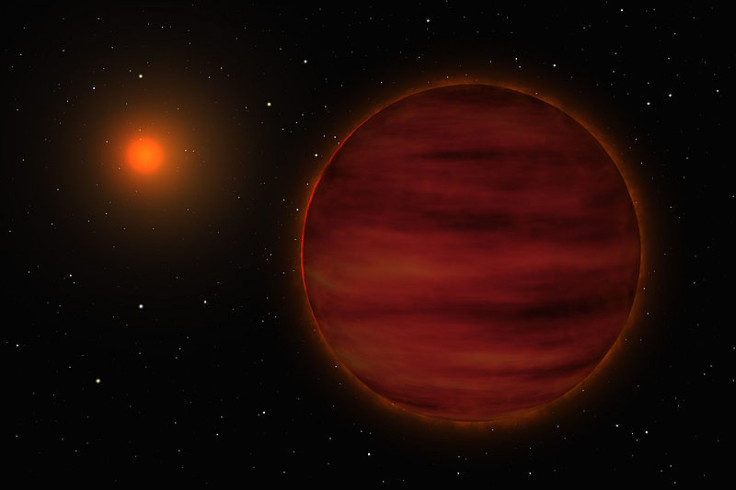Astronomers Discover Oldest Brown Dwarf Stars In The Milky Way Galaxy

Astronomers in the U.K. have come across two of the oldest brown dwarf stars, called WISE 0013+0634 and WISE 0833+0052, in the Milky Way galaxy. The brown dwarfs, star-like objects too small to sustain fusion reactions in their cores like normal stars, are thought to have formed more than 10 billion years ago, when the galaxy was still young. According to Astronomy Magazine, researchers say this discovery could open a window into the galaxy’s ancient brown dwarf star population.
"These two brown dwarfs may be the tip of an iceberg and are an intriguing piece of astronomical archaeology," David Pinfield, an astronomer at the University of Hertfordshire who led the study, said in a statement. "We have only been able to find these objects by searching for the faintest and coolest things possible with WISE [Wide-field Infrared Survey Explorer]. And by finding more of them we will gain insight into the earliest epoch of the history of the Galaxy."
Astronomers believe there are as many as 70 billion brown dwarf stars in the galaxy’s thin disk -- the band of light we see circling the night sky. The thin disk represents just a small sliver of the Milky Way, so a small population of brown dwarfs there could signify a tremendous amount of them throughout our galaxy.
Pinfield and his team observed the oldest dwarf stars using WISE, a NASA infrared-wavelength telescope launched by NASA in Dec. 2009. The stars are moving much faster than normal stars at speeds of 60 to 120 miles per second. They are also much cooler than stars -- the recently discovered brown dwarfs are between 250 and 600 degrees Celsius (the Sun’s surface temperature is about 5,600 degrees Celsius). The brown dwarfs lie in the Pisces and Hydra constellations.
According to Daily Galaxy, identifying brown dwarfs is a tricky business. Pinfield and his team used WISE to scan the sky multiple times, allowing them to find cool brown dwarf stars even though they are fainter than other stellar objects. Pinfield then studied the infrared light emitted from the brown dwarfs. The light serves like a fingerprint, allowing astronomers to see what their ancient atmospheres are made of.
© Copyright IBTimes 2024. All rights reserved.






















